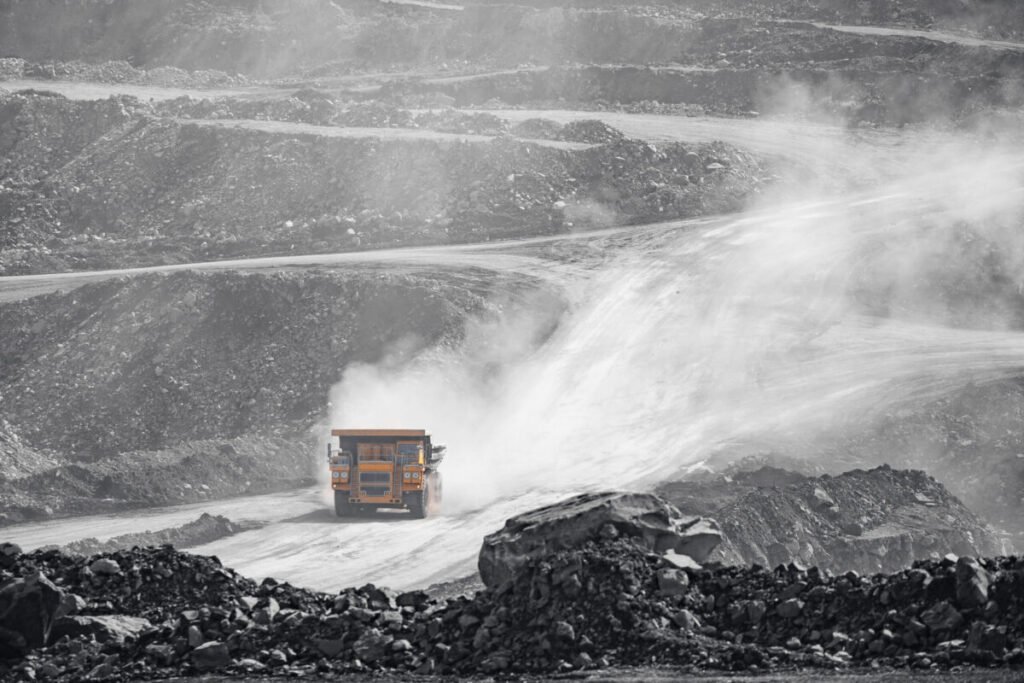As demand for coal, iron ore, and other raw materials continues to increase, so do the challenges the mining industry faces around safe working conditions. Indeed, many functions of the industry have advanced out of sight over the last few years. And yet others remain ripe for innovation. Particulate contamination of vehicle cabins is a big one. As trusted experts in safety risk assessments and Air Quality, we want you to know how your business can identify and mitigate this enormous hazard.
The Dangers of Fine Particulates
The word asbestos strikes fear in the heart of most miners, and yet it remains one of the more widely ingested contaminants in mining. Along with silica and other fine particulates, these contaminants can enter haul trucks, wheel loaders and bulldozers through air vents, and door seals. More so, they can even be carried on the clothing of vehicle operators.
In some sense, these fine particulates are unavoidable – they are the expected outcome when blowing up huge swathes of land and rock, drilling deep into the Earth, and processing raw materials. Along with significant health concerns associated with these contaminants, they can damage vehicles and other assets, causing premature electrical failures, fire risk, and increased maintenance costs. Any one of these issues can slow down your business and increase costs.
Part of the problem lies in the fact that legacy mining vehicles have not been well-equipped to resist the dangers posed by dust. In the past, most mining vehicles used built-in air conditioning systems that provided limited filtration and were not well suited to the extremely fine grain particulates we see in mining dust. To make matters worse, these systems tend to recirculate cabin air with no further filtration other than the fragile human lungs of the operator.
Add to that, the small cabin sizes and door seals create a CO2-rich environment, and you have a recipe for disaster, with operators experiencing headaches, fatigue, and nausea. As with most challenges in mining, the solution is one of engineering!
Engineered Solutions for Air Quality
The air quality standard for operator enclosures is ISO 23875 which requires that fresh air supply and air recirculation must keep concentrations of particulate matter below 25ugs per m3. It also needs to maintain pressurisation and CO2 limits.
The best systems exceed these standards by a mile, using cyclonic dust injection systems to filter heavy particulates. Then, it introduces a pre-cleaning filter to remove coarse dust particles. It is recommended that two stages of HEPA filter are used to eliminate 99.995% of sub-micron particles.
The air within the cabin should also be filtered to maintain the highest levels of protection. These systems also protect electrical components like fans, air conditioning, coils, and switches, bringing dust-related maintenance costs down to near zero!
This is what we do
Because we understand the importance of Air Quality, Mincka is the trusted expert in Air Quality Monitoring. Our solutions are tailored to the needs and requirements of your fleet, and the particularities of your operation. More so, we can ensure your business avoids unnecessary costs and work delays.



